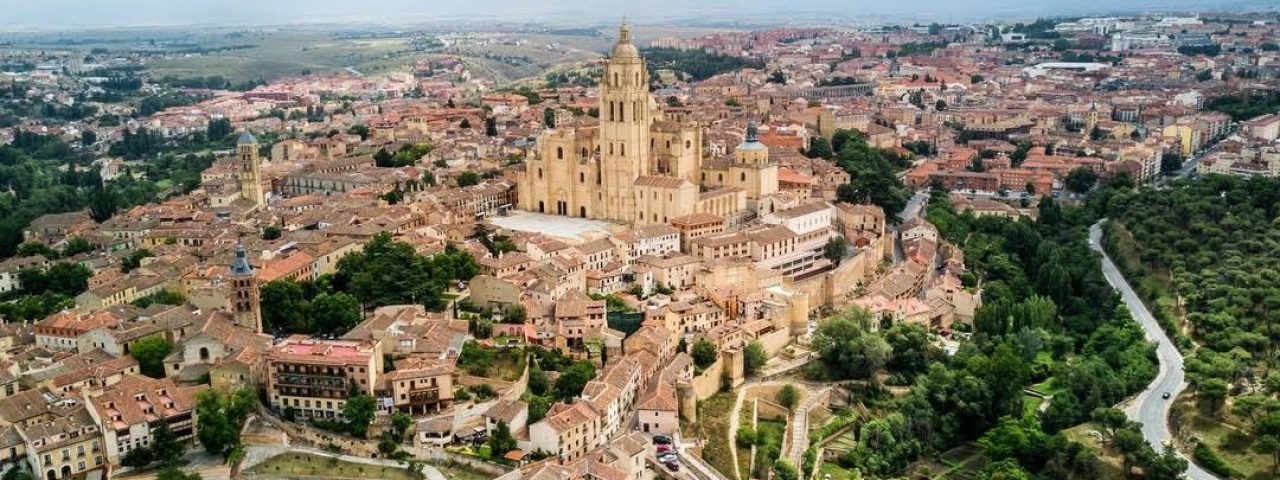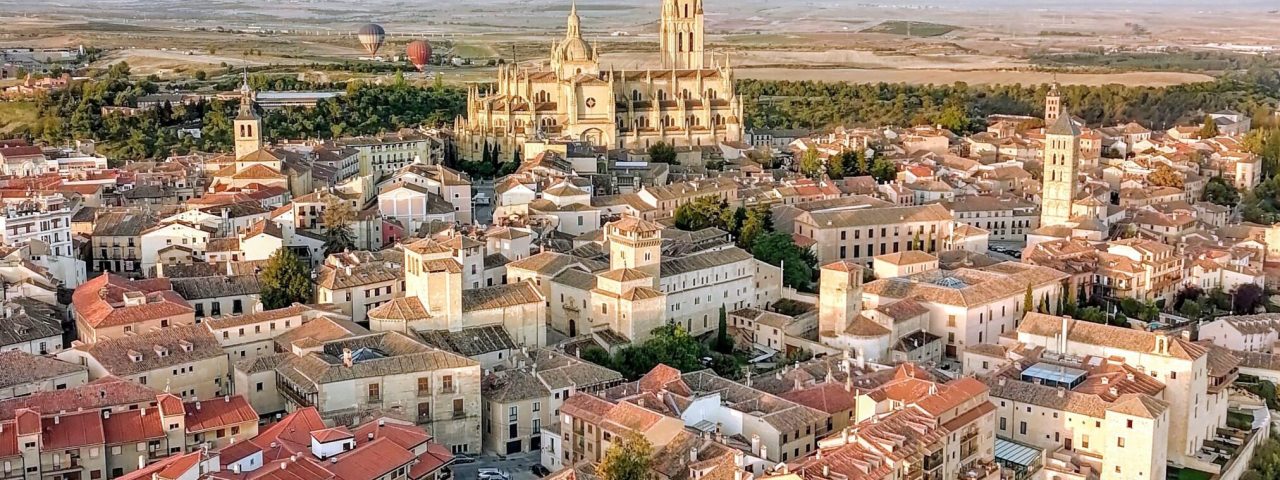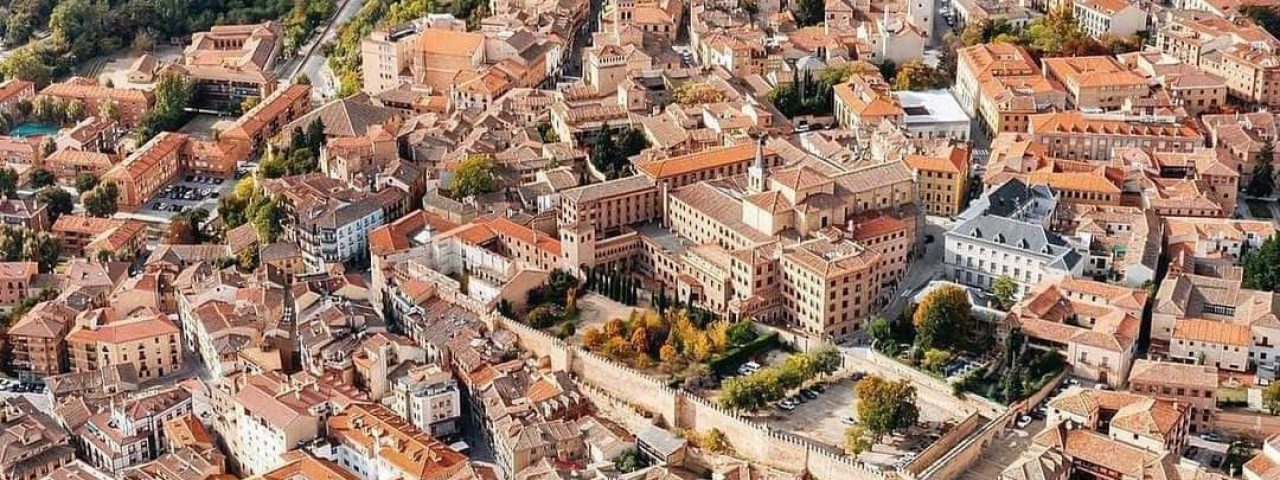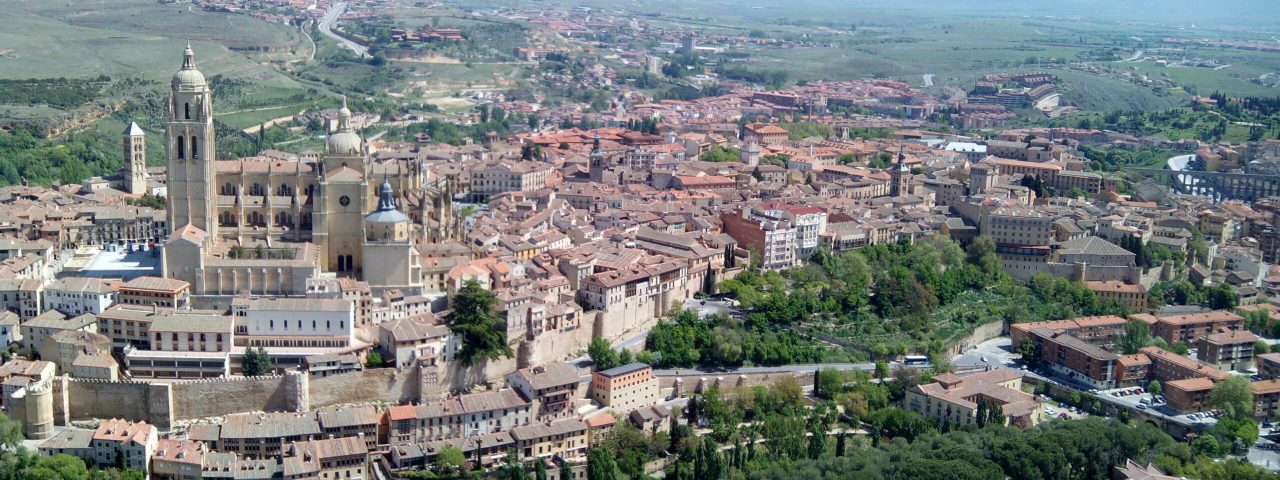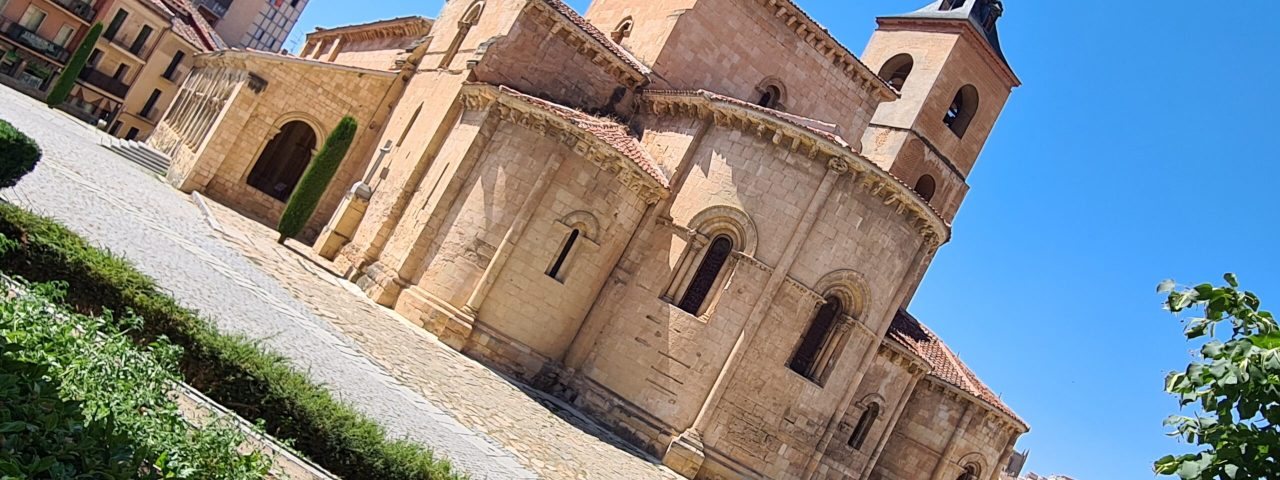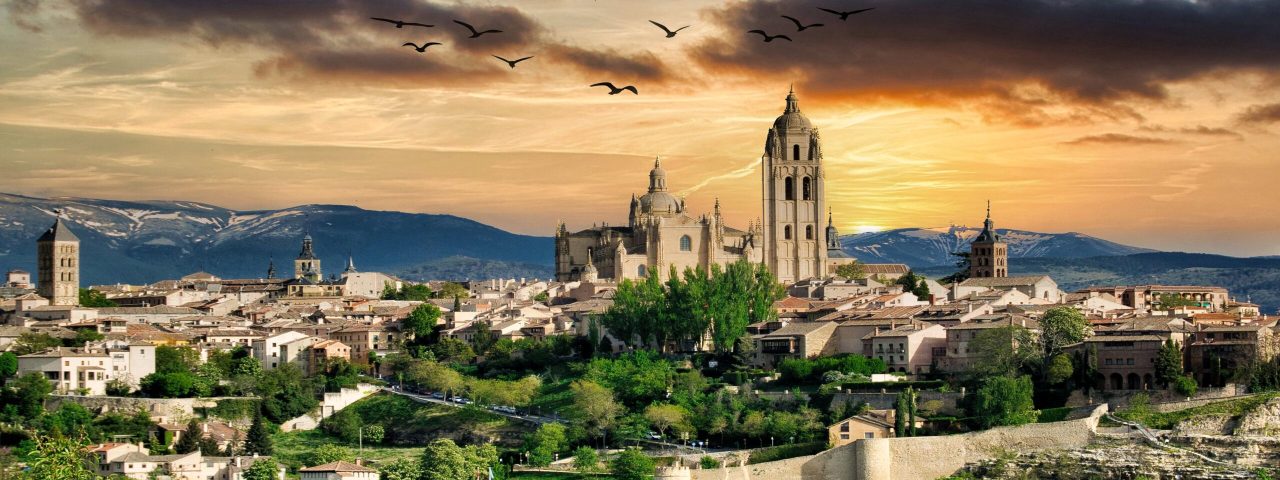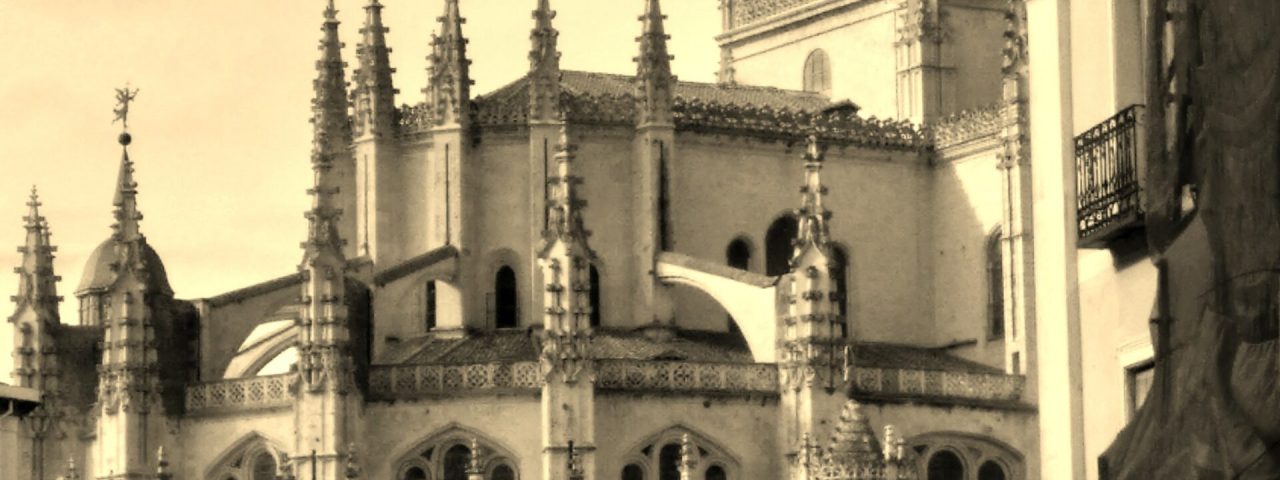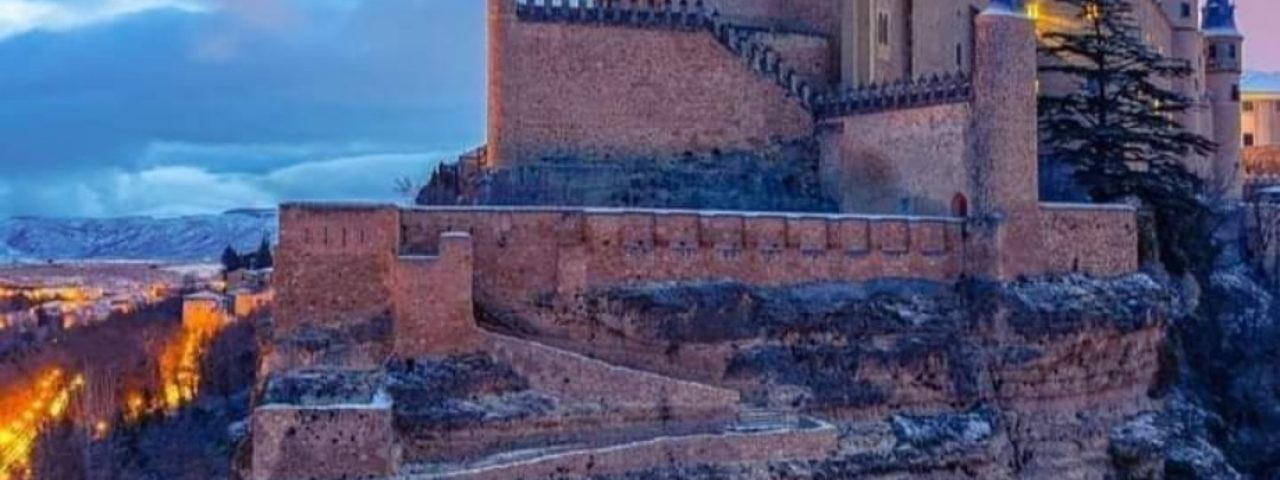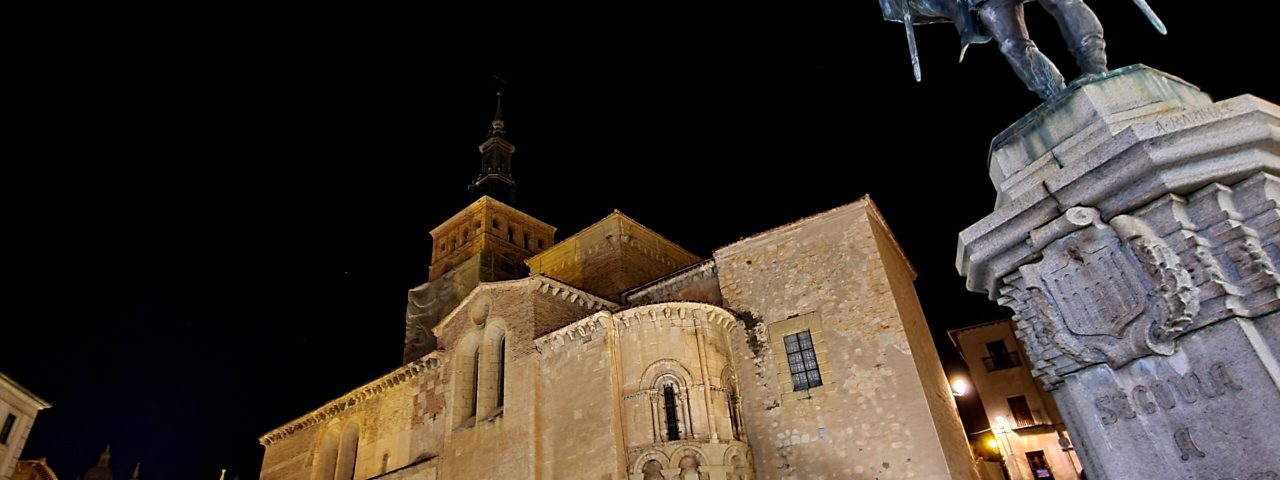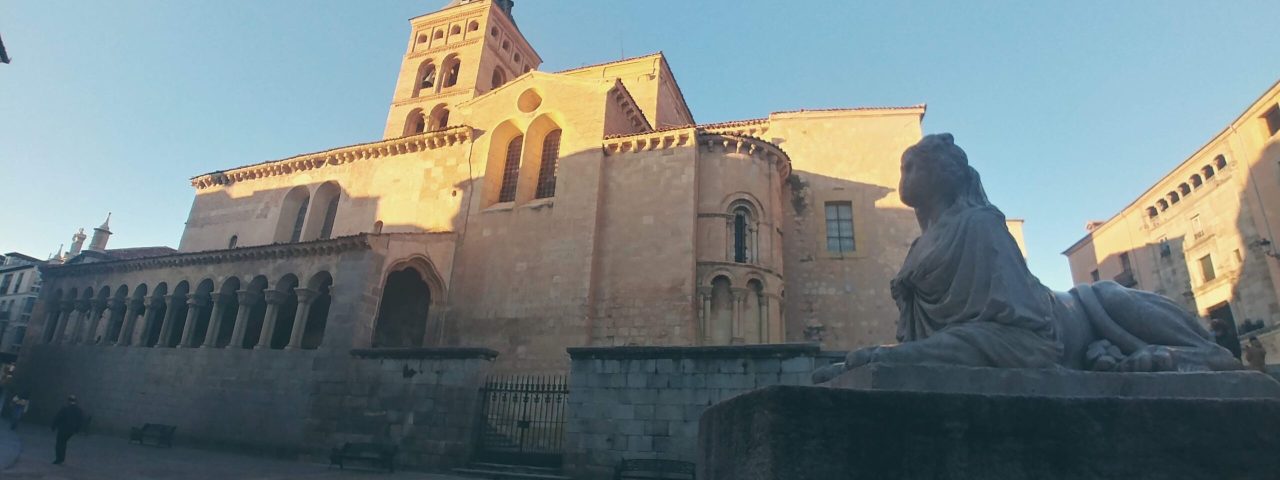Segovia’s history spans over two millennia, reflecting a fascinating blend of Roman, Moorish, and Christian influences. The city was founded during Roman times, with its iconic Roman aqueduct standing as a testament to its ancient origins. This architectural marvel, constructed in the 1st century AD, is one of the most significant and well-preserved Roman structures in Spain, still dominating the city’s skyline.
Throughout the Middle Ages, Segovia flourished under Christian rule, becoming a strategic fortress city. The Alcázar of Segovia, a fairy-tale castle perched on a rocky crag, played a central role during the reigns of several Spanish monarchs. The city also became a hub for wool production during the 16th century, adding to its economic and cultural significance. Today, Segovia retains its medieval charm, with its old town recognized as a UNESCO World Heritage Site.
Culturally, Segovia is a vibrant city with traditions that date back centuries. It is known for its annual festivals, such as the Festival of San Juan and San Pedro, which take place in late June, celebrating with parades, music, and traditional dance. Another key event is the Hay Festival, an international literature and arts festival that attracts creative minds from around the world. The city is also home to lively weekly markets, where local crafts and products take center stage.
